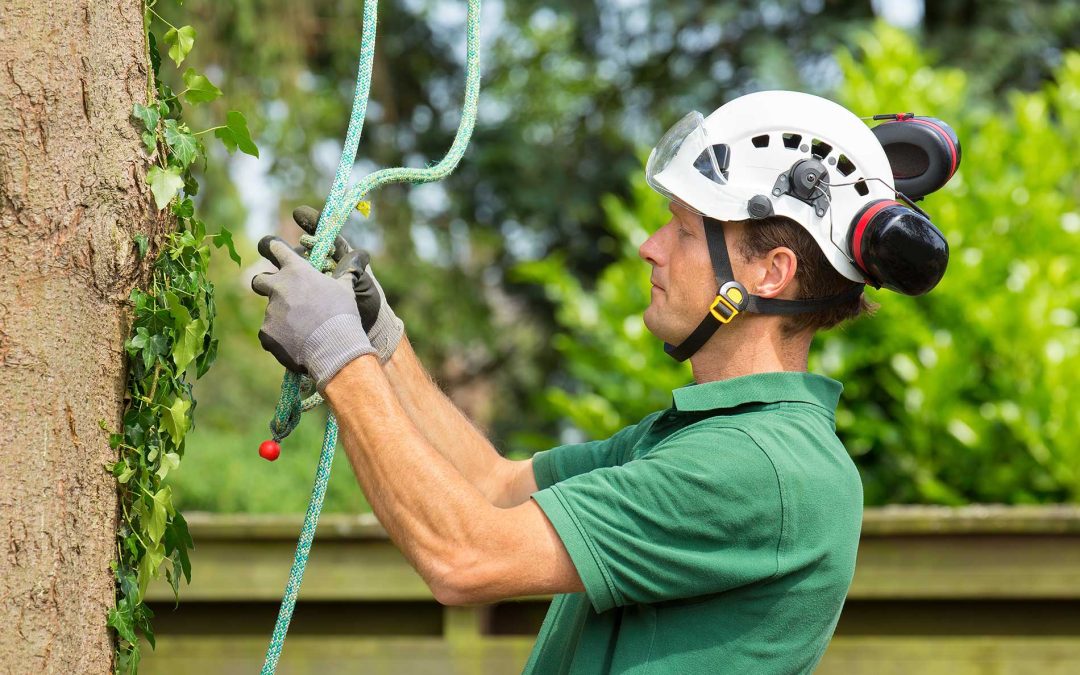A certified arborist is a professional who has achieved a level of knowledge and expertise in the art and science of planting, caring for, and maintaining trees. Certification is usually granted by a recognized body, such as the International Society of Arboriculture (ISA), after completing rigorous exams that test an individual’s knowledge of tree biology, identification, pruning, disease management, and more. This credential ensures that the arborist adheres to industry standards and continuously updates their skills through ongoing education.
The Work of Certified Arborists
Certified arborists play a vital role in maintaining the health and vitality of trees in both urban and rural settings. Their responsibilities include:

- Tree Planting: Tree planting is a multifaceted process that requires careful consideration of several factors to ensure healthy growth and long-term sustainability. Selecting the appropriate tree species is crucial, and this selection should be based on the local climate, soil type, and the intended use of the trees, whether for shade, fruit production, or aesthetic purposes. For instance, drought-resistant species may be preferred in arid regions, while trees with a high tolerance for moisture-rich soils are ideal for wetland areas. Additionally, correct planting techniques must be employed, such as ensuring proper spacing to allow for mature growth, digging the right-sized hole, and providing adequate initial watering and mulching. These steps collectively foster a conducive environment for the trees to thrive, contributing to a greener and more sustainable ecosystem.
- Pruning: Pruning is an essential practice in tree maintenance that involves the careful removal of dead, diseased, or excess branches. This process not only enhances the structural integrity of the tree but also significantly improves its aesthetic appeal. By eliminating weak or damaged limbs, pruning reduces the risk of falling branches, which can pose a danger to people and property. Additionally, it allows for better air circulation and sun exposure through the tree canopy, promoting overall tree health and vitality. Proper pruning techniques ensure that trees remain strong, healthy, and visually pleasing throughout their lifespan.
- Disease and Pest Management: Diagnosing and treating various tree diseases and pest infestations requires a comprehensive approach, ideally employing environmentally friendly methods whenever possible. Early detection is crucial, as it allows for timely intervention to prevent the spread of disease and minimize damage. Non-toxic treatments such as biological controls, which use natural predators or pathogens, can effectively manage pests without harming the ecosystem. Organic fungicides and insecticides derived from natural sources provide a safer alternative to synthetic chemicals. Additionally, practices such as proper pruning, sanitation, and selecting disease-resistant tree varieties contribute to overall tree health and resilience. By prioritizing sustainable methods, we can protect our trees and the environment simultaneously.
- Tree Removal: Tree removal is a critical task that requires careful planning and execution, especially when dealing with trees that are dead, hazardous, or obstructive. Safely removing such trees involves assessing the structural integrity of the tree, identifying potential risks to people and property, and using appropriate techniques and equipment to mitigate those risks. It’s essential to consider the surrounding environment to minimize the impact on nearby vegetation and ecosystems. Professional arborists often employ methods such as sectional dismantling, where the tree is taken down in manageable segments, to prevent damage to the landscape and ensure safety. Additionally, attention must be given to wildlife habitats that may be affected by the tree removal process, ensuring that any displacement is managed responsibly.
- Emergency Tree Care: Emergency tree care plays a crucial role in providing immediate services during natural disasters such as storms. These services aim to ensure public safety by quickly addressing and mitigating the hazards posed by fallen or damaged trees. Skilled arborists are dispatched to clear debris, which not only helps to restore road access and infrastructure functionality but also minimizes the risk of injury to residents. By responding promptly, emergency tree care professionals contribute significantly to the community’s recovery efforts and help to maintain a safe and orderly environment in the aftermath of extreme weather events.
- Fertilization: Applying the right type of fertilizers to promote robust growth and sustain the tree’s health over the long term.
- Consultation and Evaluation: Assessing tree health, identifying potential problems, and recommending appropriate actions to property owners and municipalities.
Certified arborists are essential for ensuring that trees, which are valuable natural resources, thrive in their environments. Their expertise not only maintains the beauty and safety of landscaped areas but also contributes to ecological balance by preserving vital habitats and improving air quality.
Certified Arborists
Pine Valley Tree Service & Landscaping serves the Thompson – Okanagan region from Kamloops to Kelowna, Salmon Arm.
More from our blog: Professional Tree Services FAQ

